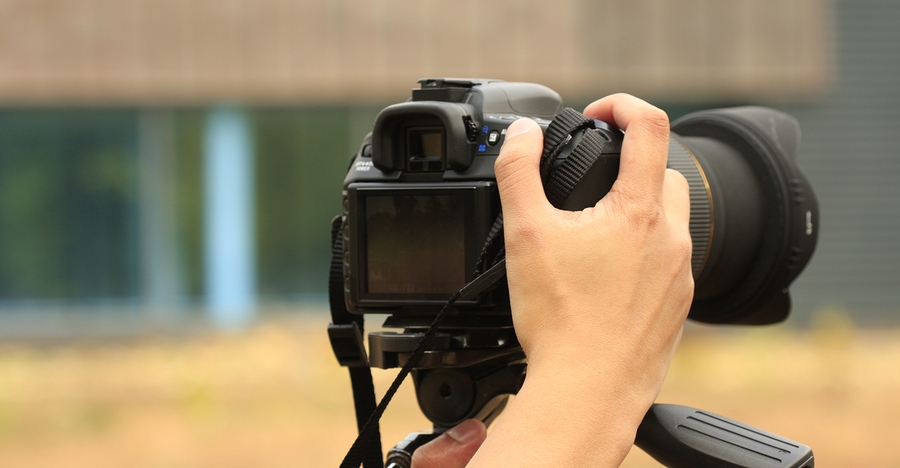A day at the beach is a great opportunity to take out your camera and start shooting.
I’m sure every single photographer knows better than to take their camera in the water unless they have a waterproof cover for it, so I’m not even going to get into that. What most people don’t realize is that sea water or the sand are not the only things that can mess up your camera sensor while your out there shooting.
Many times I have witnessed photographers taking pictures of the sun, without being cautious enough. You’re probably thinking “it can’t be that dangerous” but yes, it can. Remember when you were a kid and you used a magnifying glass to burn mark wood or set a piece of paper on fire? (Maybe I was a weird kid but I definitely did that!) The glass on your camera’s lens is no different to a magnifying glass. When you point your camera towards the sun, the light directed through the lens creates an enormous amount of heat.
The sun is a magnificent thing to photograph and people like to get creative trying to come up with fresh ways of shooting it.
Taking a quick snap directly towards the sun is not going to harm your camera, don’t worry about that. When you’re using a DSLR, you have the mirror blocking the sunlight most of the time and it only reaches your sensor for a fraction of a second when you release the shutter. The mirror will, of course, direct the light to the viewfinder so protect your eyes and try not to look through the viewfinder for longer than a couple of seconds when taking the shot. Also, make sure you have your lens cap on and the power turned off when you’re not using your camera. You don’t want to forget your camera on the table at the beach bar, with the lens pointing directly at the sun.
However, there are three very common ways to photograph sunny scenes that can cause severe damage to your camera sensor.
- Long exposures – When you’re taking long exposures at the sea shore to capture those dreamy smooth waves, your mirror is not blocking the light anymore and it will hit your sensor. Using a filter is a great way to cut down the power of the sun (and it will give you a better picture, too). You could also minimize the risks by leaving the sun out of your frame when you compose the shot. When you’re shooting sunrises and sunsets the light is not as powerful.
- Time-lapses – This is one of the most dangerous ways to shoot the sun. In fact, we’re including a video to show you how a time-lapse towards the sun did permanent damage to a GoPro sensor. It could take anywhere from a few minutes to an hour and hundreds of exposures to make an interesting time-lapse and that’s a long time for the sensor to try and cope with the heat of the sun.
- Live View-mode – When you’re shooting in Live View the mirror gets out of the way again, and your camera sensor is exposed to the sunlight during the time you compose and take the picture. If you want to include the sun in the frame a safer way would be to first compose the shot looking through the viewfinder, and use the Live View for as short a time as possible.
“What if I’m not using a DSLR camera?”
Sorry to say this but then you’re even more likely to damage your gear. When there is no mirror inside your camera to direct the sunlight elsewhere, it’s going to hit the sensor directly. Try to find creative ways to shoot with short exposures and be extra careful if you absolutely must use long exposure with the sun in the frame.
This is the video we found, showing you how shooting directly towards the sun has damaged a camera sensor, leaving a clearly visible burned streak across the screen.
GO TO THE NEXT PAGE FOR THE VIDEO

